
The Sudetenland is the historical German name for the northern, southern, and western areas of former Czechoslovakia which were inhabited primarily by Sudeten Germans. These German speakers had predominated in the border districts of Bohemia, Moravia, and Czech Silesia since the Middle Ages. Since the 9th century Sudetenland had been an integral part of the Czech state both geographically and politically.

Buchenwald was a Nazi concentration camp established on Ettersberg hill near Weimar, Germany, in July 1937. It was one of the first and the largest of the concentration camps within Germany's 1937 borders. Many actual or suspected communists were among the first internees.
Karl-Otto Koch was a mid-ranking commander in the Schutzstaffel (SS) of Nazi Germany who was the first commandant of the Nazi concentration camps at Buchenwald and Sachsenhausen. From September 1941 until August 1942, he served as the first commandant of the Majdanek concentration camp in occupied Poland, stealing vast amounts of valuables and money from murdered Jews. His wife, Ilse Koch, also took part in the crimes at Buchenwald.

Ilse Koch was a German war criminal who committed atrocities while her husband Karl-Otto Koch was commandant at Buchenwald. Though Ilse Koch had no official position in the Nazi state, she became one of the most infamous Nazi figures at war's end.

The Sudeten German Party was created by Konrad Henlein under the name Sudetendeutsche Heimatfront on 1 October 1933, some months after the First Czechoslovak Republic had outlawed the German National Socialist Workers' Party. In April 1935, the party was renamed Sudetendeutsche Partei following a mandatory demand of the Czechoslovak government. The name was officially changed to Sudeten German and Carpathian German Party in November 1935.


German Bohemians, later known as Sudeten Germans, were ethnic Germans living in the Czech lands of the Bohemian Crown, which later became an integral part of Czechoslovakia. Before 1945, over three million German Bohemians constituted about 23% of the population of the whole country and about 29.5% of the population of Bohemia and Moravia. Ethnic Germans migrated into the Kingdom of Bohemia, an electoral territory of the Holy Roman Empire, from the 11th century, mostly in the border regions of what was later called the "Sudetenland", which was named after the Sudeten Mountains.
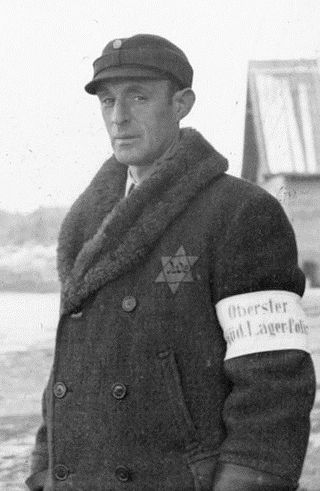
A kapo or prisoner functionary was a prisoner in a Nazi camp who was assigned by the Schutzstaffel (SS) guards to supervise forced labor or carry out administrative tasks.
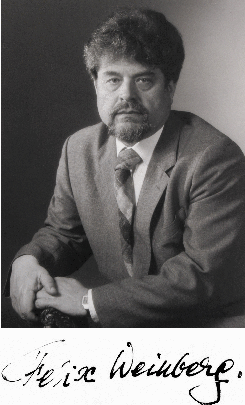
Felix Jiri Weinberg FRS was a Czech-British physicist. He was Emeritus Professor of Combustion Physics and Distinguished Research Fellow at Imperial College London.

The expulsion of Germans from Czechoslovakia after World War II was part of a series of evacuations and deportations of Germans from Central and Eastern Europe during and after World War II.
Boris Lurie was an American artist and writer. He co-founded the NO!Art movement which calls for socially and politically involved art that would resist and combat the forces of the market. His controversial work, often related to the Holocaust, has frequently irritated critics and curators.
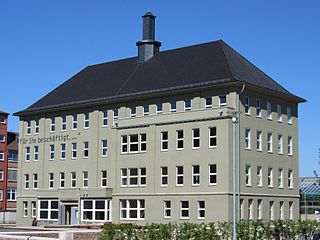
J. A. Topf and Sons was an engineering company, founded in 1878 in Erfurt, Germany by Johannes Andreas Topf (1816–1891). Originally, it made heating systems and brewing and malting equipment. Later, the company diversified into silos, chimneys, incinerators for burning municipal waste, and crematoria. During World War I it made weapons shells, limbers and other military vehicles. In World War II it also made weapons shells and aircraft parts for the Luftwaffe.

Arnold Strippel was a German SS commander during the Nazi era and convicted criminal. As a member of the SS-Totenkopfverbände, while assigned to the Neuengamme concentration camp, he was given the task of murdering the victims of a tuberculosis medical experiment conducted by Kurt Heissmeyer.

The Reichsgau Sudetenland was an administrative division of Nazi Germany from 1939 to 1945. It comprised the northern part of the Sudetenland territory, which was annexed from Czechoslovakia according to the 30 September 1938 Munich Agreement. The Reichsgau was headed by the former Sudeten German Party leader, now Nazi Party functionary Konrad Henlein as Gauleiter and Reichsstatthalter. From October 1938 to May 1939, it was the regional subdivision of the Nazi Party in that area, also under Henlein's leadership. The administrative capital was Reichenberg (Liberec).

There are two notable instances of lampshades made from human skin. After World War II it was reported that Nazis had made at least one lampshade from murdered concentration camp inmates: a human skin lampshade was reported to have been displayed by Buchenwald concentration camp commandant Karl-Otto Koch and his wife Ilse Koch, along with other human skin artifacts. Despite myths to the contrary, there were no systematic efforts by the Nazis to make human skin lampshades.
Kurt Langendorf was a German participant in political resistance during the Nazi years. After 1945 he chose an academic career, becoming a university professor and economist, while also engaging in the Union of Persecutees of the Nazi Regime and its successor organisation.
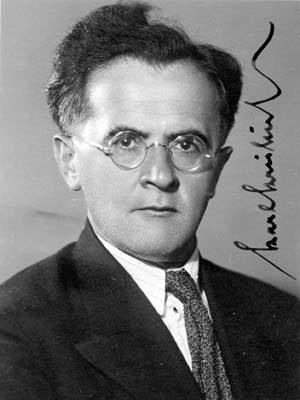
Karl Kreibich, also known as Karel Kreibich, was a Sudeten German communist politician and author in Czechoslovakia. Kreibich emerged as the main leader of the revolutionary socialist movement amongst German workers in Bohemia after the First World War. He was a leader of the Communist Party of Czechoslovakia and a functionary of the Communist International. During the First Czechoslovak Republic, he was elected to parliament thrice. During the Second World War he was part of the exiled Czechoslovak State Council, based in London. After the war he served as Czechoslovak ambassador to the Soviet Union.

The Holocaust in the Sudetenland resulted in the flight, dispossession, deportation and ultimately death of many of the 24,505 Jews living in the Reichsgau Sudetenland, an administrative region of Nazi Germany established from former Czechoslovak territory annexed after the October 1938 Munich Agreement. Due to harassment and violence, including during Kristallnacht, ninety percent of the Jews had already left the Sudetenland by mid-1939. The remaining Jews were subject to property confiscation and eventually deportation. During the later years of the war, tens of thousands of Jews and non-Jews were forced laborers in a network of concentration camps in the Sudetenland.
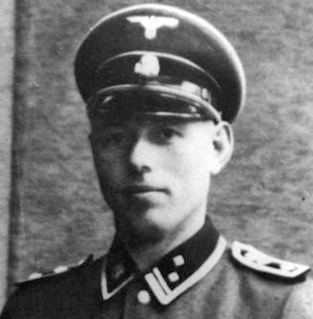
Wilhelm Schäfer was an SS-Hauptscharführer who was complicit in numerous war crimes, including the executions of hundreds of prisoners in Buchenwald concentration camp. He was exposed as a war criminal, put on trial, and executed after he was recognized by a survivor of Buchenwald.


















